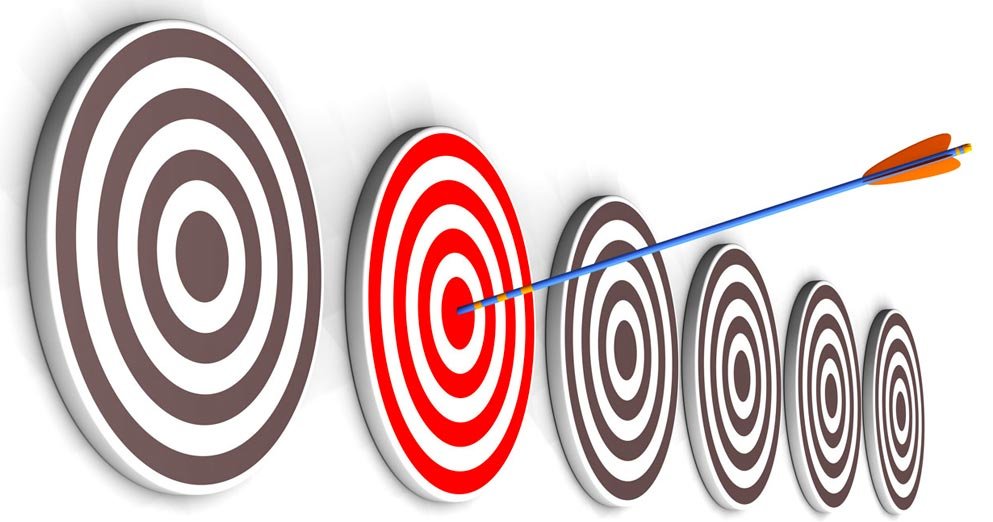I put this exercise together to get my shoulders moving a bit better.
The sweeps are done with the same hand from tom to snare or snare to
tom.
One Link At A Time
Consider practice as basic as brushing your teeth.
Read moreLet Me Give You A Hand With That
It’s a phenomenon called Limb Assistance. That’s when one limb is able to perform better when it’s partnered with another limb.
Read moreMaking Things Personal
It was an after-hours open stage club in the heart of the jazz district, and our budding jazz band had arranged to play a set -- our first venture outside the practice room. The resident drums were just awful.
Read moreCymbal Guarantees
Most companies will guarantee a newly purchased cymbal against certain types of breakage, but it ends there. If a player breaks a replacement cymbal, all love is lost and the cymbal will not be replaced. The rational is that the owner/player must be doing something wrong or just plain abusing their bronze.
Read moreEverything I Know About Bearing Edges
I'm So Confused
And so you should be. Options you may hear about bearing edges include: round-over, 30 degree, 45 degree, dual-45, reverse 45, 45 with round-over, bull-nose, baseball bat, vintage round-over. There are also different theories, applications, claims, boasts, and myths.
Traditional Grip From The Ground Up
All Crotchety
The traditional grip fulcrum will always be in the crotch of the thumb and first finger. Hold out your left hand (unless you're a lefty) as if you were going to shake someone's hand and put your stick firmly in the above-mentioned crotch.
Fuhgeddaboudit
A few weeks later, as I practiced, I was intrigued with not only how smooth my stroke had become, but also how much speed I'd achieved in a relatively short time. And the key component to this admirable accomplishment? I didn't pay attention.
Read moreRebutting Drumming Myths
4-Way Independence Rules
Our limbs typically cannot act independently, and so we must train them to co-ordinate their actions as a team. We call it independence, but what we're really talking about is “co-ordinated interdependence”... the limbs are co-operating and not acting independently.
My Top Dozen (or so) Drum Set Exercises
My Top Dozen (or so) Drum Set Exercises
Read moreHow to Learn a Song in 10 Ounces of Caffeine or Less
Recognition vs. Recall
The goal is not to memorize the entire tune and arrangement. We just need to be able to identify and recognize the various sections as they come along. As long as we can follow the tune, the rest is just a case of getting organized. I like to develop a good understanding of the 'landscape' and leave the details until later. If I were to focus on the drum breaks, for example, I’d miss a lot of important information.
Pick Your Target
One thing that I always admired about Buddy Rich was the way he set up figures. He had a way of announcing and drawing attention to horn lines that was absolutely beautiful.
Read moreAre you talking to me?
We’ve all at one time or another been advised to "just listen” and we would be told the answer to whatever it is that’s is confusing us..
Read moreOccam Was Onto Something (w Simon Phillips videos)
(editor’s note; It is clear from this image that William of Ockham invented the traditional grip 1000 years ago)
Micro Practice
We do ‘micro practice’ all the time. We work on a single thing: single strokes, double strokes, lines from Stick Control and the like. Why? Because it works. Reducing our focus to a single item reaps big rewards. When learning a new figure, I will often take a 2-beat or even a 1-beat section and work on it exclusively. Then, when I tackle the whole thing, I’ve got a good handle on each part.
Bass Drum Two-sies
It's always a good time to work on bass drum doubles. I find the first page helps with the timing and execution.
Read moreWhat I've Been Working On...In 5/4
I thought I’d take some basic rock beats and render them in 5/4. I’m having fun with the result.
Read more3+3+3+3+2+2 = Four Three Stroke Rolls + A Single Stroke Four
Editor’s Note: Richard Best sent me this thing he’s been working on for his students. He’s calling it variations on the classic 3+3+3+3+2+2 rhythm. There are two rudiments within these patterns.
Read morePlastic Fantastic - 3D Printer drum parts
So, I have an invention. I wanted to get a prototype made from my sketches and got a quote of $250 to have a one 3D printed. I thought that was pretty good and I was all set to commission the work. Then I got talking to a friend who is a designer and mentioned the prototype and the cost. He said he’d just bought a 3D printer for $300. Well that was enough to send me off in a totally different direction.
Read moreDoes Neatness Count?
I'm a stickler for clean technique and a clean sound. I like to hear every stroke, every tap, every nuance, so I spend a lot of time on articulation to enhance my control and to refine my sound. And then someone like Stanton Moore comes along and raves about something he calls “the slop”. You can hear it in his playing, especially in his second line shuffle, where the strokes seem to just slosh around joyously. And boy does it cook!
Read moreWhat Color Is Your Metronome?
* I heard a better one at a big band practice. The leader called out one of the trumpet players and said, “You're time's sort of all shot to hell”.
Read more




